ADSactly Education - Our Body Tells Everything About Us
Our Body Tells Everything About Us
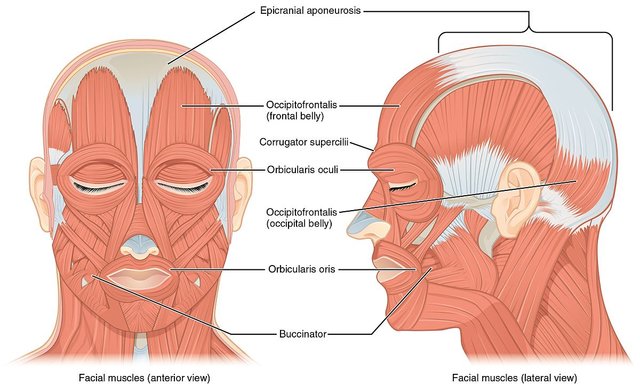
Facial muscles can reveal our feelings to expert eyes
One of the aspects that has long interested the scientific and social field is non-verbal communication (NVC). This is a characteristic through which human behavior is expressed, allowing emotions, moods, happiness, anger, or anguish to manifest themselves without resorting to verbal communication, and therefore the use of words. Consider that only 7% of interpersonal relationships are based on the use of words, while the remaining part is communicated through body language.
Like many others, I first became excited about this topic thanks to the TV series "Lie to Me". Recently, this series rose to fame because it dedicated itself completely to the interpretation of faces, of body movements that could be considered trivial, but which conceal hidden meanings. Their interpretation leads to the capture of criminals, perhaps analyzing the inclination of a raised eyebrow or a scratch on the knee.
These aspects, like others seen in the fictional drama, are certainly not sufficient in determining someone's guilt, but I can assure you that they play their part in a set of other contradictory behavioral and verbal manifestations.
MICRO-EXPRESSIONS vs FACIAL EXPRESSIONS
Let's start with the concept of micro-expression, considering it as the starting point on which this whole discipline is based. A micro-expression is the manifestation of an emotion that tries to express itself on the face in an instant; very often this emotion betrays a contradictory relationship between what is "said" and what is "seen" on the face. In any case, it is the basis of an interpersonal relationship and very useful for interpreting human emotions, especially the hidden ones. Micro-expressions should not be confused with simple and common "facial expressions", as these are universal and equal for everyone, they can be controlled more easily and their duration may vary.
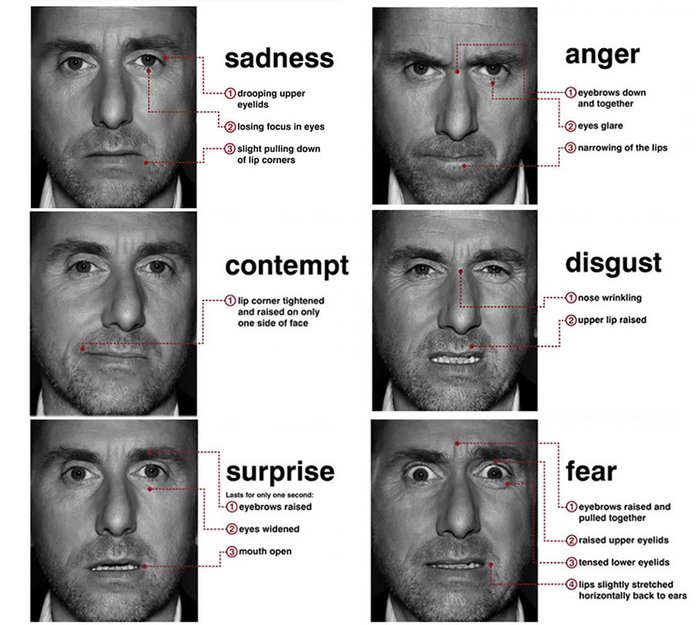
Tim Roth from Lie to Me shows some facial expression
In the image above we can see some of the most common facial expressions equal for all humans; sadness, anger, contempt, disgust, surprise, fear are all emotions that are manifested in the same way by all people. A face may be decoded through the Action Unit (AU), divided into small units of action according to schemes that are repeatable for everyone. Let’s see which changes take place on a face according to the emotion a person is feeling;
- Sadness: in this type of emotion the eyelids are drooping, the corners of the mouth are facing down, oblique eyebrows, with loss of focus on the eye;
- Anger: here the eyebrows are lowered, lips tight and eyes grim with a menacing look;
- Contempt: the angle of the mouth is taut and raised towards one side of the face;
- Disgust: in this facial expression, the upper lip is raised and the nose is curled;
- Surprise: both eyebrows are raised, with an open mouth and eyes wide open. We understand that the emotion is sincere when it appears on the face for less than a second, if it lasts longer it’s fake;
- Fear: here too the eyebrows are raised, the upper eyelids are raised and the lower ones are barred, with lips slightly ajar and pulled outwards;
- Joy: when we are happy and smile, we create wrinkles of expression around the eyes, the lower eyelid is raised as the cheeks are raised and the corners of the mouth tend to go outwards and upwards.
In contrast, micro-expressions last about a quarter of a second and were discovered in 1966 by E. A. Haggard and K. S. Isaacs during some psychotherapy studies concerning non-verbal communication in patients. Later, these studies were furthered by Paul Ekman who supported their universality based on the studies and discoveries of Charles Darwin. It is also thanks to these contributions if experimental research continues today.
BUT HOW DO WE FIGURE OUT IF SOMEONE IS LYING?
There are many common aspects in humans which help us understand if a person is lying; statistically a person will lie 3 times every 10 minutes of conversation. For example, in interrogations it is possible that the suspect will be subjected to the polygraph test, but the latter can only reveal if the subject feels guilty but not for what reason. This is why it is important to ask the right questions and judge a person’s reactions to them.
Many think that in order to understand if a person lies, they must look straight into your eyes; well, in most cases it is true, because someone who’s lying will want to avoid direct contact, but the opposite can also happen; for example, if you ask someone: "what did you eat today?" and the other person looks away from you, hesitates a second to respond in order to remember, they’re more likely to tell you the truth than if a mother asks her daughter: "where were you last night?" and the daughter answers "last night I was in church" while staring into her mother’s eyes. There are 2 components in play here: the first is that it is very unlikely that the daughter went to church; the second is that the daughter stares at her mother because she wants to make sure she believes her lies.
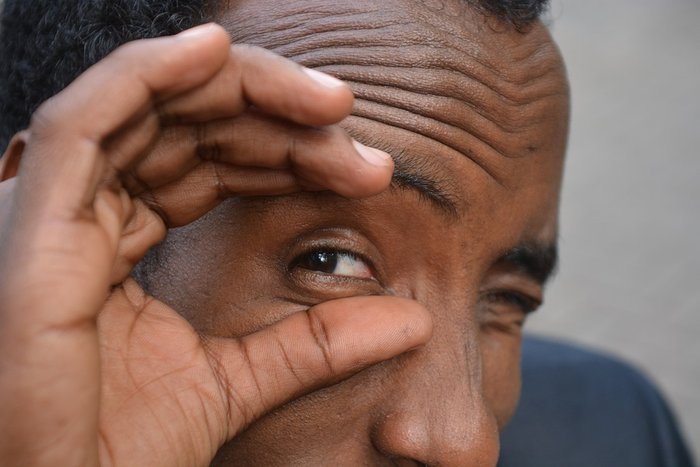
BODY LANGUAGE
However, micro-expressions must always be associated with "body language" as a whole. An asymmetric shrug can be synonymous that you do not trust what you have just said, or excessive sweating can make you think that those in front of you are agitated and very nervous, an attitude that is typical of a liar. Moreover, liars tend to instinctively cover the most vulnerable parts of the body such as the neck, the head, the abdomen, or cover the mouth with the hand if they don’t want to face a certain topic or answer a question. A manifestation of discomfort occurs with the movement of the feet, a symptom that the person you are talking to wants to leave, or the tendency to point the finger as though “turning the tables”, so to say, accusing the other person; these are also forms of discomfort for a liar. In addition, every facial and linguistic detail must be examined.
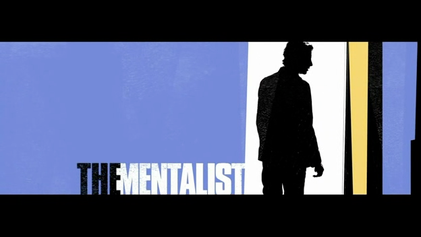
FACIAL CHARACTERISTICS
The contraction of the lips while someone speaks is a symptom of gestural insecurity, of not believing the speaker’s words. A chin lift, on the other hand, expresses a certain embarrassment. It should be noted that a liar tends to blink more frequently, tilt his head down and sideways, sometimes even with disconnected, jerky movements, and in some cases may seem "happy", but possibly only as a way to hide his anger.
To understand if someone is hiding something, the act of "scratching one’s nose" is very well known. Many do not believe this rumor which, on the contrary, has some basis of truth. In our noses we have something called turbinate, that is the bone part externally covered by mucosa and hair present in the nasal cavities, which is highly vascularized inside and formed by spongy tissue, with the function of filtering the air we breathe. When we are lying, the turbinates receive a higher quantity of blood that stimulates what is the erectile tissue making us experience an itching sensation. It is a gesture that we can not control, just as much as blushing in front of someone we consider attractive. Touching the nose can also occur in other circumstances, not necessarily concerning a lie; it can occur during sexual excitement, in a moment of embarrassment or rejection.
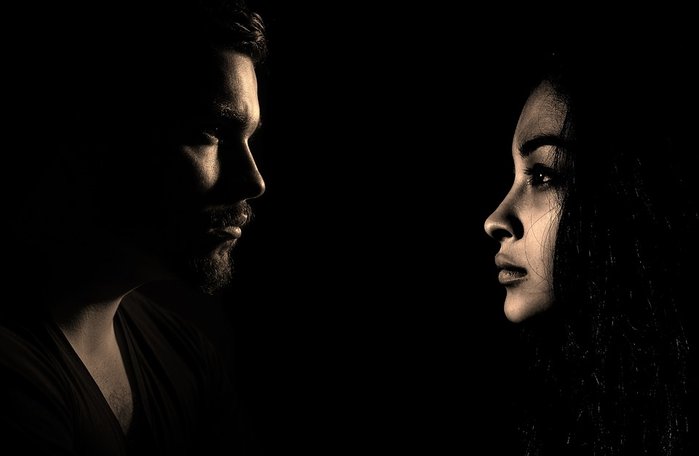
LANGUAGE CHARACTERISTICS
The linguistic aspects are characterized by various factors such as the tone of voice, which tends to increase if you are telling a lie to be better believed, or the repetition, which is a clear sign of lying, especially if you repeat the words "I didn’t do it": it is simply a way to convince yourself that you haven’t done that particular thing. During interrogations, the accused tends to provide a large number of superfluous and insignificant details, the risk lies in confusing them or failing to remember them. In this regard, one method is to make the subject repeat, for example, what he did the previous day, first in a normal way following the chronological order of facts and then in reverse; this serves to verify the truthfulness of the facts he or she tells. For this reason they use recorders to listen again to the voice of the accused, in order to check for contradictions and analyze all the possible tones and nuances of the voice. After all, if during an interrogation I’m paying attention to the micro-expressions, I might neglect the linguistic aspect or vice versa.
Not all, however, react the same way during an interrogation, in fact there are those who speak very quickly (and speed is a symptom of anxiety) and there are those who almost can’t speak, shrug, develop a shortness of breath, have difficulty in breathing and expressing themselves; this is due to a change in heart rate and blood flow. Our body reacts like this when it is in a state of tension.
But a single sign of body language will never reveal a lie because, as mentioned above, we must take into account the behavior of the person as a whole and understand what may have been the reason that led them to lie; many times there may be a good reason to lie. It is very important to clarify that body language concerns communication, an exchange of repressed emotions, and it’s not mind reading.
To conclude I quote a famous phrase of "Lie to me": the truth is written on our face.
Authored by: @cryptoitaly
Click on the coin to join our Discord Chat
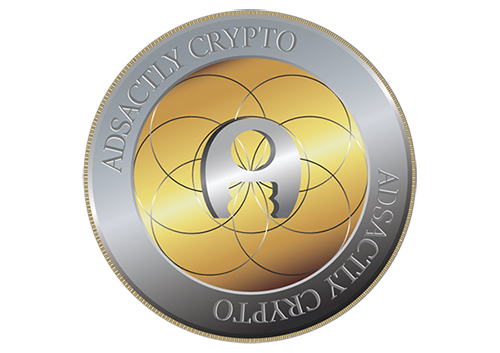
Witness proposal is here:
Go To Steem Witness Page
In the bottom of the page type: adsactly-witness and press vote.

Use small letters and no "@" sign. Or, click here to vote directly!
Thank you!
I’m not surprised at all. My wife just looks at me and she immediately knows I’m not telling something. I don’t have to lie for her to be able to read my body language lol.
That’s kind of interesting. However, I don’t want to become a person who studies all the time people’s expression. I would become obsessed and at some point it would become obnoxious. I think all of us are subconsciously studying other people’s expressions, it's just that we don’t think about that the way E. A. Haggard, or K. S. Isaacs did. It has become part of our lifes.
That’s true, especially when you don’t know that person, than you can as well come to quickly to misleading conclusion. Anyway, great topic @cryptoitaly!
GREAT POST. Elightening article and improve our knowledge. An interesting peek and give us an idea of how microemotion, gesture, and verbal language can be used as a way to test how a person is.
We increasingly know that the eye is the window of the heart. From our eyes know someone is sad, happy or even to test honesty.
Often when someone wants to lie he chooses not to look into our eyes. he will always avoid facing directly and for long. He will only see at a glance and then look away.
We will also be able to see the movements of the hands and other limbs. When lying, his eyes will blink more. His hands cannot calm down and will repeatedly catch his nose or eyelids. this could be a way of avoiding his face to face us directly.
Then the person who is lying will give a repetition of repeated sentences.
"Actually I'm not lying,"
we can find out by confirming his statement with his eyes and behavior.
Sometimes when we catch a suspect we don't immediately ask, but look deeply into his eyes. then hear and review the reaction. We can find out quickly whether he is lying or not.
thank you @cryptoitaly
thank you @adsactly
thank you Steemit
This is precisely the reason why a lot of poker players wear dark glasses and the truly serious ones practice for hours and hours in front of a mirror.
Very nice post, thank you for it.
he wanted his opponent not to know what he was hiding and he would remove the card. With black glasses he also had the opportunity to see opponents who did not use to put pressure on his opponent to lose before opening the card ..
There is a saying that says: an act is worth more than a thousand words.
And this post explains part of that. That´s why internet is dangerous and creates a lot of misunderstandings. Because people don´t express themselves with their face, but with random words sometimes with a different meaning than intended.
Definitely a nice article. Our body language, our facial expression and the way of talking change with the state of our mental condition and emotional state. Also, much depends on the personality of the person who is being questioned. Some people easily frightened and some are more robust and tough. So, before testing the body language and other non-verbal characteristics of a person, his/her emotional background and the mental state should also be determined. Otherwise, it may happen that an innocent but nervous fellow may be termed as liar because his nervousness prompted the examiner to believe that he was lying.
In opposite to it tough people can hide their true emotion by showing artificial expression and demonstrating confidence while being interrogated. Many hardcore criminals are master of this art. They can simply switch their mind according to the situation. If they know all about the body language and non-verbal communication, they can manipulate the things for their own advantage.
It also depends on the person who interrogates. If his intention is malicious, he would ask those questions which may lead benefit to the accused or vice-versa. He can also make an innocent person a scapegoat in this situation.
It is also true that many persons cannot understand non-verbal communication. I have seen many who don't understand what your body language is telling.
Therefore, it can be sad that this science or art, whatever it may be, is not free from errors. Chances of misinformation are always high. On accounts of this reason many courts don't count the results of these investigations as an evidence. In spite of this, body language and non-verbal communication tells much about a human's characteristics and his emotional, mental level. More study is needed in this field so that its results may become reliable.
Such an intetesting kind of post.I learned a lot about body language.Thanks for sharing with us.
yes you are right
I watched both series and I loved them for how the main characters solved things
Posted using Partiko Android
They are still tv shows,but there is some truth behind their abilities
i remember when i borrow money from my friend and exceed the agreed date, coming back to get the money, his facial expression was not encouraging, i was scared and worried when my mum asked me what was wrong.
it really true.
Such an intetesting kind of post.I learned a lot about body language.Thanks for sharing with us.
This is really an interesting, worth knowing and informative topic... Thanks for sharing with us!!!
I like the article so much that I resteem it 😉